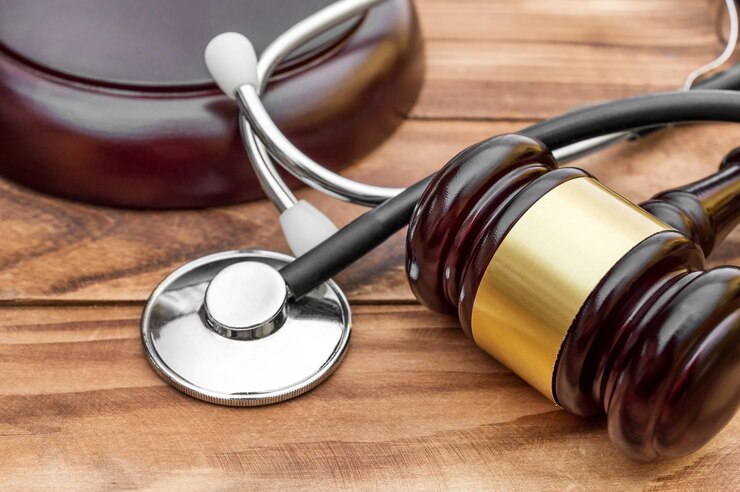Table Of Contents
Understanding The Link Between Negligence And Injury Claims
Last Updated on: September 20th, 2024
In our society, accidents and injuries are common occurrences.
An accident can happen even to the most careful individuals because of negligence from people or establishments around us.
Now, if you get injured because of the actions of another party, you can file for a “negligence and injury claim.” This is fundamental to personal injury law and is crucial if you seek compensation for the harm and losses you suffered as the injured party.
Negligence is a critical factor in most personal injury claims and lawsuits. You must prove the guilt of the other party to recover damages for your injury. Understanding the link between negligence and injury claims will help you clearly understand how to file a claim and prove that the other party is liable. When filing for negligence claims, you must prove four things in court ? duty, breach, causation, and harm.
The Four Elements of Negligence

To successfully recover damages, you must prove all the elements of negligence. For example, if you fell down the stairs of an apartment because the stairs are unsafe, you must prove that the owner did not build the stairs properly and you suffered an injury because of it.
In addition, you must prove that the other party owes you a duty of care. As such, if you were trespassing during the accident, you won’t be able to file a personal injury claim.
1. Duty
A negligence claim will be assessed whether the other party owes you a legal duty of care. Depending on your relationship with the defendant before the accident, they may or may not have a legal duty of care. Though it sounds difficult to prove, it’s the most straightforward element to establish.
According to the law, when a relationship between two parties requires them to act reasonably towards the other, there is a duty of care. An example is a person driving a vehicle; they have a duty of care towards any passenger, pedestrians, and other drivers on the road. On the other hand, restaurants have a duty of care to their diners. They must ensure their patrons have the correct dishes and the meals are safe.
2. Breach of Duty
Next, you need to prove that there is a breach of duty on the defendant?s part. You need to show that the other party failed to act the way a reasonable and prudent person would in a similar situation. For example, if someone is driving on his private driveway and hits a pedestrian because he was on his phone, it will not be a breach of duty because the injured party was trespassing.
3. Causation
In the third element, you must prove that negligence caused the injury. There are two types of causation ? cause in fact of the damage and proximate cause. The latter refers to the foreseeability of the injuries that resulted from the other party’s actions, while the former establishes that the defendant is the actual cause of the damage.
Another aspect of causation is whether the defendant could have foreseen that their actions might harm others. If the injury happened through a random, unexpected act of nature, the defendant will not be liable.
4. Damages
The final element of negligence that you need to prove is harm and damages. You must establish that the other party’s actions injured you. The damages will be converted into a monetary value, which needs to be supported by medical costs or income losses. In short, you need to show the court that your injuries warrant an appropriate payment amount.
How to Prove Negligence
Proving negligence can be challenging. You must produce all the evidence necessary to establish elements of negligence. As such, you need both direct and circumstantial evidence. Direct evidence can be physical, photos, videos, or witness testimony. Meanwhile, circumstantial evidence may include testimony from a witness that doesn’t directly link the defendant to the accident but their presence at the scene.
You must also show what a reasonable person would do in a similar situation and establish that the defendant did not behave as expected of a good person. In cases where both parties are at fault, the proportion of guilt must be shown to know who has the more significant responsibility.
Negligence is complex and might be hard to prove on your own. Thus, you must consult an attorney who can help you seek damages and file for a personal injury claim. A professional lawyer will help you through the litigation process and advise you about the case.
Read Also:














